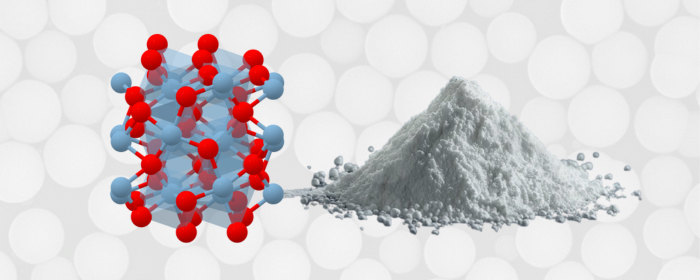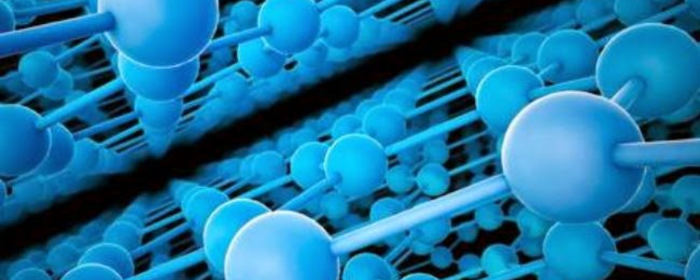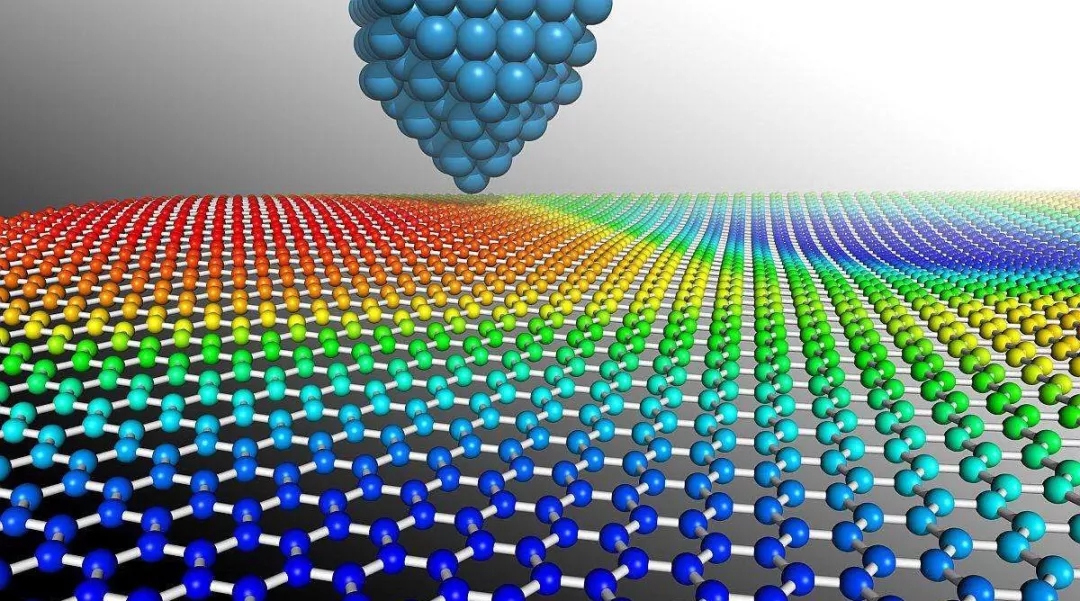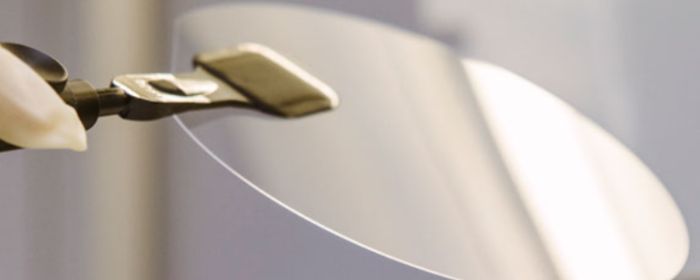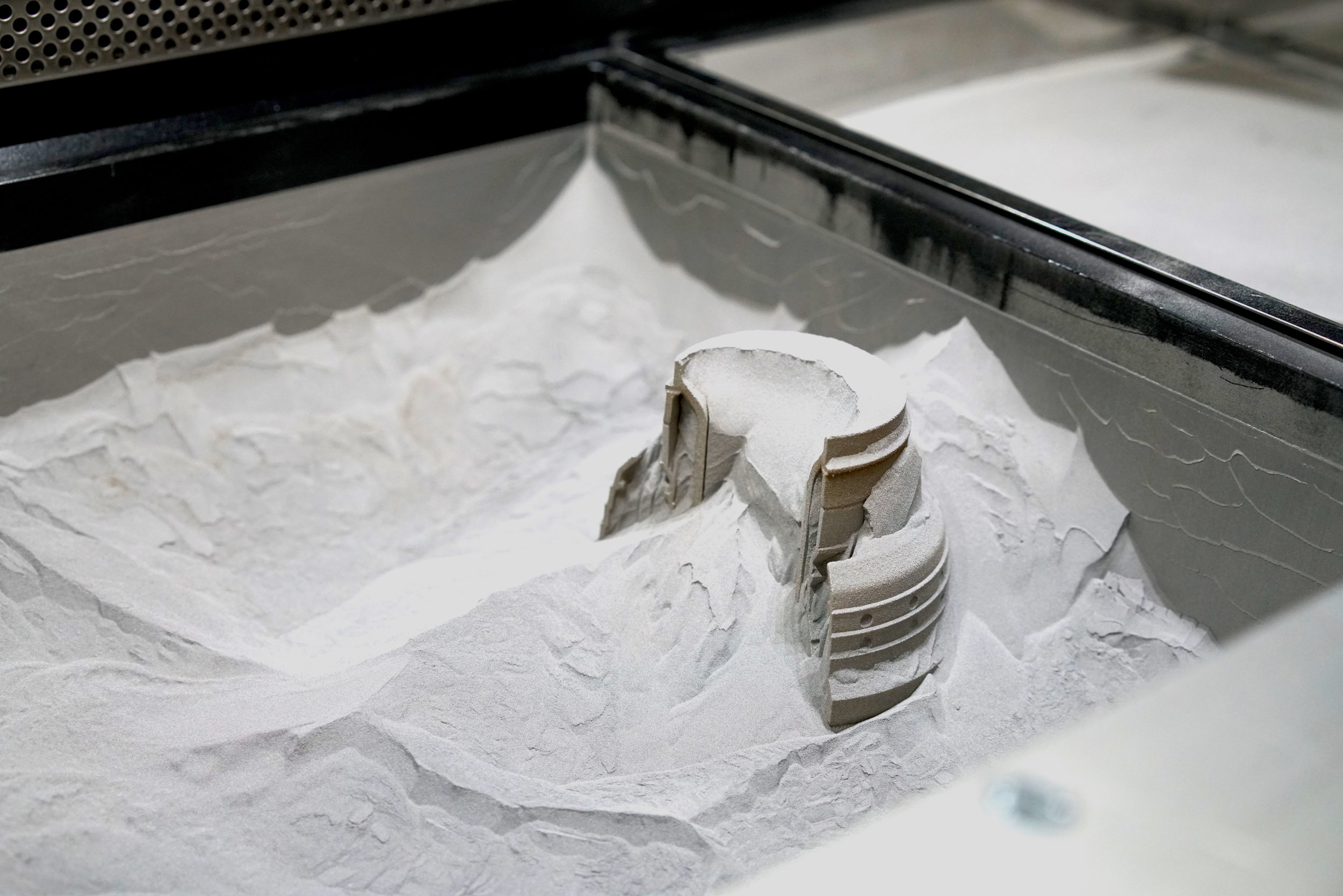

In our previous article, we introduced Ti-6Al-4V titanium alloy powder. In this article, we are interested in exploring another common metal material applied in 3D printing—spherical 316L stainless steel powder. As one of the key materials for industrial-level additive manufacturing, spherical 316L stainless steel powder is of immense importance in the medical, aerospace, and chemical fields due to its comprehensive combination of properties.
Stainless steel powder is one of the most widely used materials in metal 3D printing. Stainless steel is a type of steel with a carbon (C) content below 2%, and above 2% is considered iron. During smelting, alloying elements such as chromium (Cr), nickel (Ni), manganese (Mn), silicon (Si), titanium (Ti), and molybdenum (Mo) are added to provide more desirable properties, including corrosion resistance,
Based on composition, stainless steel powder may be of various types, each with a number of traditional grades. Following is the list of some generic stainless steel grades:
Table 1. stainless steel types and grades
|
Type |
Grade |
Main Composition (wt%) |
Applications |
|
304 |
Fe-18Cr-8Ni-<0.08C |
Food equipment, architectural decor |
|
|
304L |
Fe-18Cr-8Ni-<0.03C |
Low-carbon version |
|
|
316 |
Fe-16Cr-10Ni-2Mo-<0.08C |
Chemical pipelines, marine engineering |
|
|
316L |
Fe-16Cr-10Ni-2Mo-<0.03C |
Medical implants, high-precision parts |
|
|
317L |
Fe-19Cr-13Ni-3Mo-<0.03C |
Flue gas desulfurization equipment |
|
|
321 |
Fe-18Cr-9Ni-Ti-<0.08C |
High-temperature components |
|
|
347 |
Fe-18Cr-9Ni-Nb-<0.08C |
Nuclear industry, high-temperature welds |
|
|
410 |
Fe-12Cr-<0.15C |
Cutting tools, bearings |
|
|
420 |
Fe-13Cr-<0.35C |
Surgical instruments, blades |
|
|
440C |
Fe-17Cr-1Mo-0.6C |
Wear-resistant tools, bearings |
|
|
430 |
Fe-17Cr-<0.12C |
Automotive trim, household appliances |
|
|
434 |
Fe-17Cr-1Mo-<0.12C |
Automotive exhaust pipes |
|
|
444 |
Fe-18Cr-2Mo-<0.025C |
Water heater tanks |
|
|
Duplex |
2205 |
Fe-22Cr-5Ni-3Mo-0.15N |
Oil pipelines, desalination equipment |
|
2507 |
Fe-25Cr-7Ni-4Mo-0.3N |
Chloride corrosion resistance |
|
|
LDX 2101 |
Fe-21Cr-5Ni-1.5Mo-0.22N |
Construction, storage tanks |
|
|
Precipitation-Hardening |
17-4PH |
Fe-15Cr-5Ni-4Cu-0.07C |
Aircraft engine parts, high-strength fasteners |
|
15-5PH |
Fe-15Cr-5Ni-3Cu-0.07C |
Improved version of 17-4PH |
|
|
13-8Mo |
Fe-13Cr-8Ni-2Mo-1Al-0.05C |
Aerospace components |
In order to be high in sphericity, low in oxygen, and possess good flowability, stainless steel powder is generally produced by gas atomization (GA) or plasma rotating electrode process (PREP). Compared to the traditional casting or forging, 3D printing grade stainless steel powder must have higher criteria:
Spherical 316L stainless steel powder consists of iron, chromium, nickel, molybdenum, low carbon, and trace amounts, with high corrosion resistance. Its advantages in additive manufacturing are:
316 and 316L are both austenitic stainless steels but 316L stainless steel powder has a lower carbon content, which benefits 316L for 3D printing process:
As an industrial additive manufacturing base material, spherical 316L stainless steel powder is extensively used across many industries.
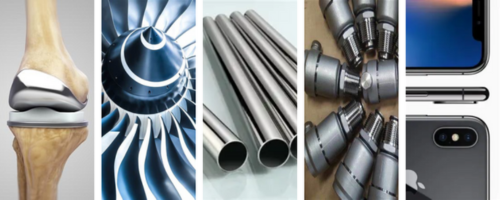
Medical & Biomedical Industries
The corrosion resistance and biocompatibility qualify 316L for surgical implant and device applications. Orthopedic devices like artificial joints, bone screws, spinal fixators and dental appliances like abutments, braces, surgical guides are commonly 3D-printed with 316L stainless steel powder for precision and tissue compatibility. High-tech applications include drug-eluting implants and optimized microporous stents for vascular applications.
Aerospace & Defense
With the need for light-weight, heat-resistant, and corrosion-resistant components such as fuel nozzles, heat exchangers, and turbine blades, 316L stainless steel powder is beneficial. 3D printing provides for complex internal passageways with retention of oxidation resistance.
Chemical & Energy Industries
Because of the resistance to corrosion by acids, alkalis, and H2S, 316L is used in pipelines, valves, pumps, and reactors. Complex path flow is allowed through 3D printing, making it more effective. Surface-modified 316L stainless steel is used in fuel cell bipolar plates for conductivity and corrosion resistance purposes in the energy industry.
Automotive Industry
Given lightweight and corrosion protection, heat/corrosion-resistant high-performance exhaust systems and EV battery packs use 3D-printed 316L for optimal designs.
Consumer Electronics
316L stainless steel’s smooth finish and hardness appeal to high-end casing applications (e.g., smartwatch bodies, phone frames) and functional components such as heat sinks to allow for integrated designs and better thermal management.
For tailored high-quality spherical 316/316L stainless steel powder for additive manufacturing, contact us for inquiries. SAM supplies high-purity gas-atomized powders with high sphericity, narrow particle size range, and low oxygen levels - well suited for SLM, DED, and other high-end 3D printing technologies.
In addition to stainless steel powders, we also offer titanium alloy powders, aluminum alloy powders, high-entropy alloy powders, nickel-based superalloy powders, and more.

